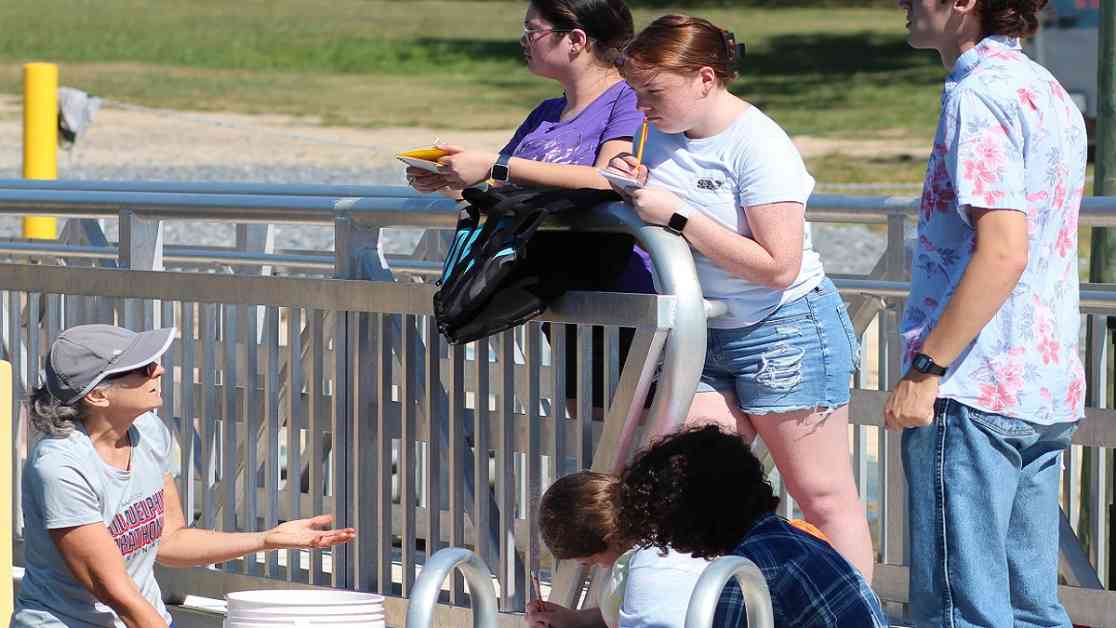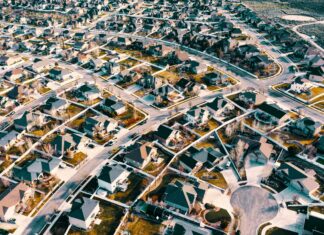A groundbreaking project spearheaded by high school students is revolutionizing water quality research in the St. Mary’s River region, with implications for the larger Chesapeake Bay watershed. Led by Natural Resources Management teacher Dorothy Birch and her dedicated students, the initiative has constructed 18 innovative Bay Observation Boxes (BOBs) over the past three years, offering real-time data on environmental conditions.
Fueled by a recent influx of funding, including grants from the Chesapeake Bay Trust and the Chesapeake Oyster Alliance, the project has received a total of $45,000 in support. This financial boost has enabled the expansion of the program and the enhancement of technology, making strides towards more accessible and widespread water quality monitoring efforts crucial for the restoration of the Chesapeake Bay.
The student-designed BOBs, costing a mere $900 each compared to the hefty $20,000 price tag of commercial monitoring equipment, are equipped with microprocessor technology that transmits data every 15 minutes to a publicly accessible website. These buoys have been strategically deployed at various oyster restoration sites and educational venues to provide valuable insights into critical environmental factors.
Emma Green Ewing, executive director of the St. Mary’s River Watershed Association, underscored the significance of increasing water quality monitoring, particularly in shallow habitats. The project has the potential to bridge existing data gaps and improve understanding of the Bay’s fragile ecosystem by collecting millions of data points on essential parameters such as temperature, dissolved oxygen, pH levels, and salinity.
Despite early successes in data collection, challenges such as sensor performance and biofouling have emerged. Volunteer engineer Norm O’Foran has developed an upgraded version of the buoy, known as “BOB 3.0,” to address these issues and enhance sensor reliability. This innovative approach reflects the project’s commitment to continuous improvement and technological advancement.
Beyond the technical innovations, the project has provided students with invaluable hands-on experience in environmental science, engineering, and data analysis. The collaborative nature of the initiative has not only fostered technical skills but also instilled a sense of responsibility and stewardship for environmental conservation among students from various Career and Technology Center programs.
Reflecting on his involvement, student Owen Hodack expressed a deep sense of fulfillment derived from the project’s impact on the community and the environment. His sentiment echoes the sentiment of many students who have found purpose and passion in contributing to the protection of their local ecosystem.
As the project continues to evolve and expand, it serves as a beacon of hope and inspiration for the next generation of environmental stewards. To learn more about this transformative initiative and support the St. Mary’s River Watershed Association’s efforts, visit smrwa.org/programs/bobs-project and consider making a donation at smrwa.org/donate.


















